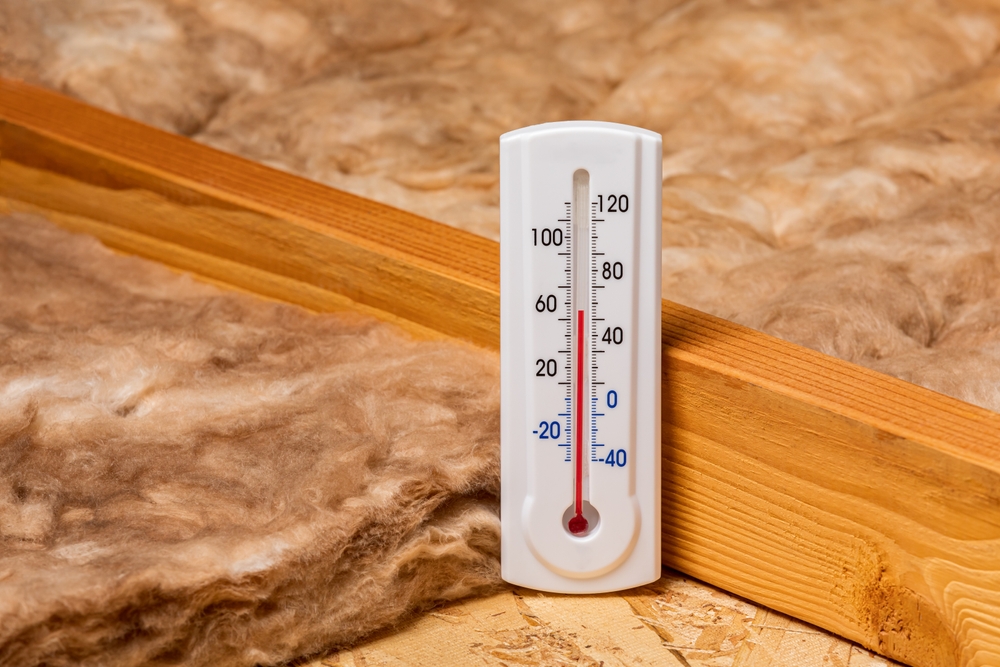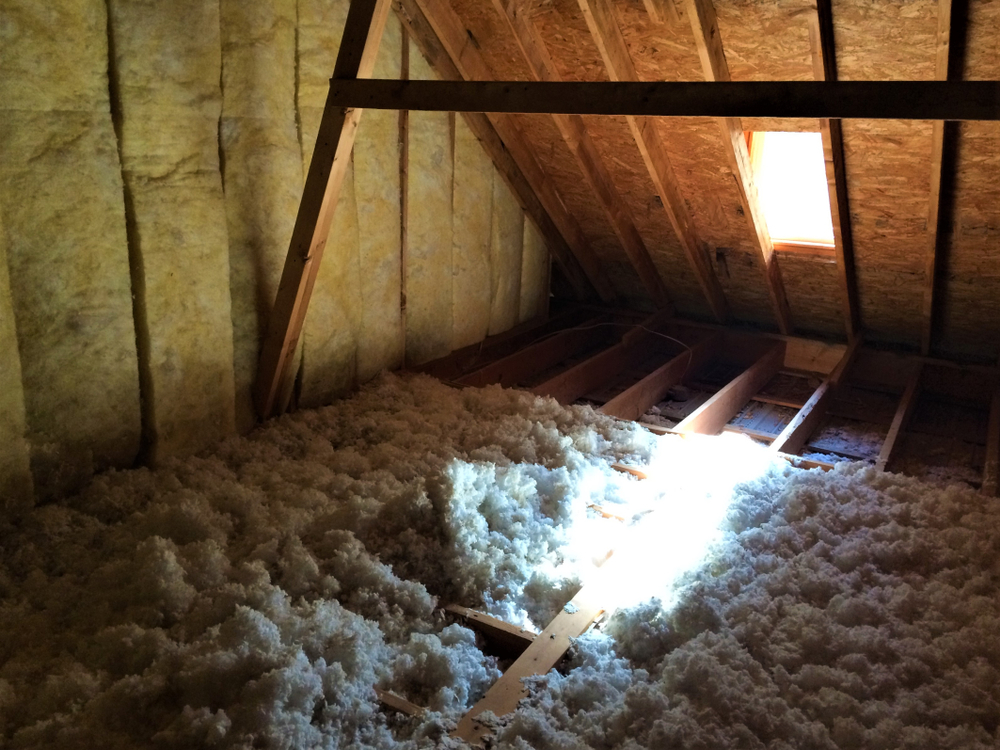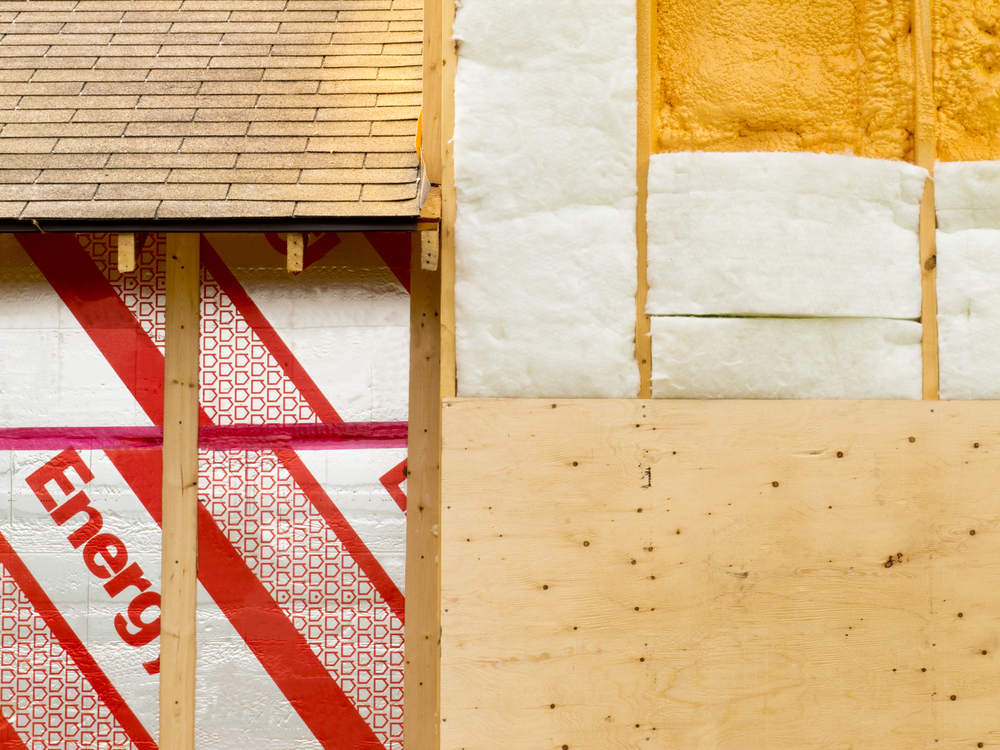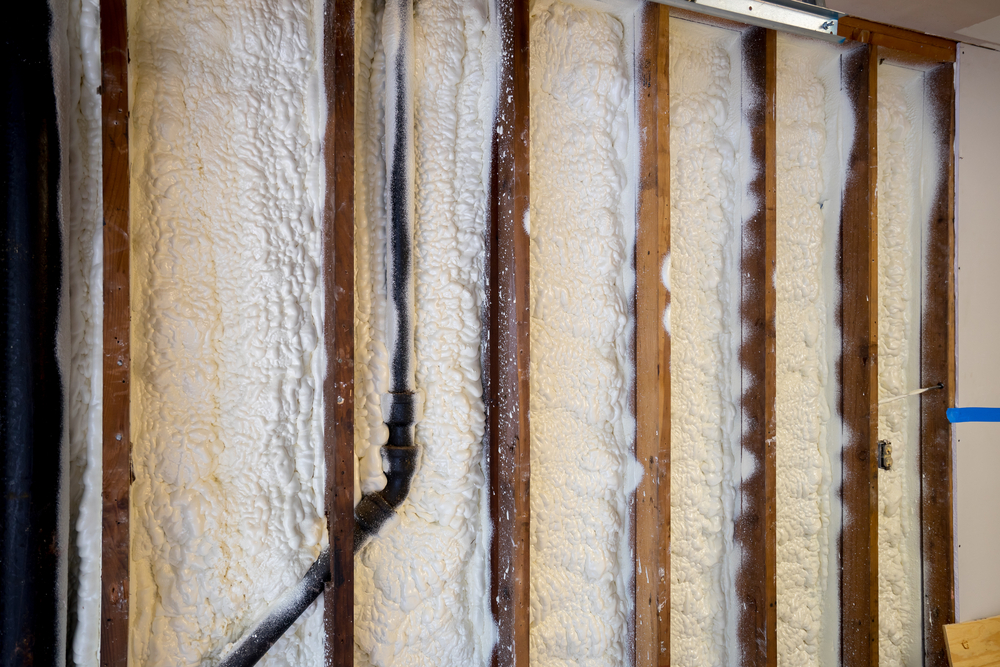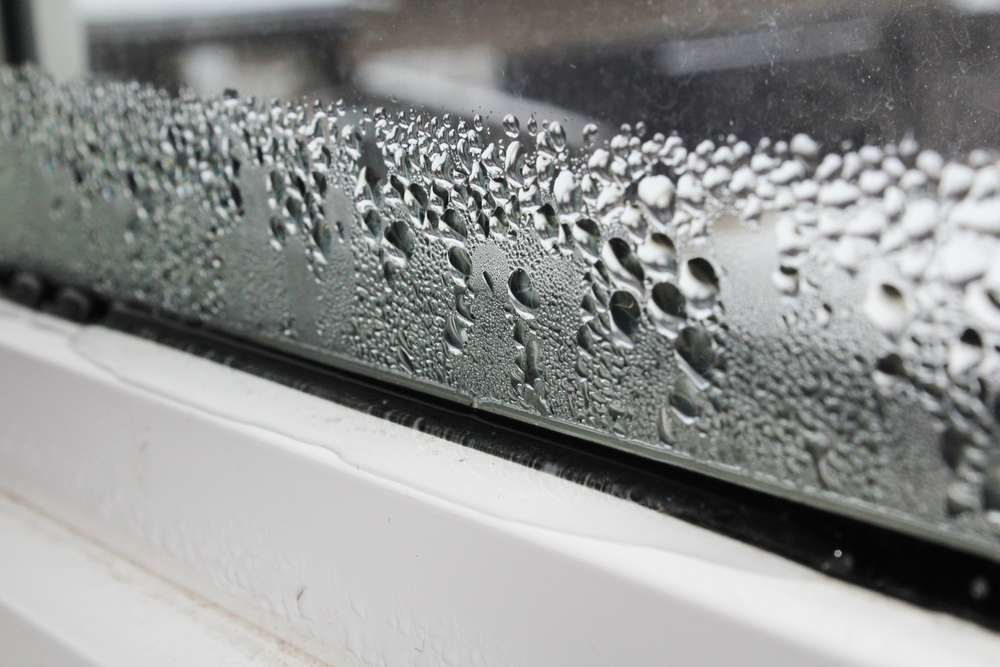As autumn rolls into full swing and November weather starts setting in across California, homeowners in regions like the Sierra Nevada and the coast begin to think about the changing temperatures. Proper attic insulation becomes a critical concern, particularly in areas where the weather can vary significantly. Coastal California brings cool, moist ocean breezes, while
READ MOREBlog
Blog
Blown‑In Insulation for Attics: How to Tackle Fall Dust and Pollen Before Sealing in Comfort
As the vibrant colors of fall sweep through the trees and the temperatures begin to dip, homeowners across California begin to think about preparing their homes for the colder months. One of the most effective ways to maintain a comfortable and energy-efficient home through winter is installing blown-in attic insulation. However, many overlook a crucial
READ MORESpray Foam vs Fiberglass in Rainy Season: Moisture Risks for October in Coastal California & Sierra Nevada
When the October skies darken and the rainy season settles over coastal California and the Sierra Nevada, homeowners face a recurring challenge: keeping their homes dry, warm, and energy-efficient. Moisture intrusion is one of the most persistent enemies of insulation, and choosing the right material can make or break your home’s comfort and structural integrity.
READ MORESealing the Envelope: Air Barrier Benefits of Spray Foam as Fall Winds Pick Up in California & Nevada
As fall sweeps through California and Nevada, homeowners begin to feel the unmistakable chill of shifting winds sneaking through their homes. While cooler weather is welcome after long, dry summers, it often reveals one of the biggest culprits behind energy loss and discomfort—air leaks. These gaps and cracks in walls, attics, and crawl spaces silently
READ MOREBattling Morning Fog: Insulation and Moisture Solutions for Coastal California in September
Coastal California enjoys a reputation for its beautiful scenery, moderate temperatures, and refreshing breezes, but homeowners in this region also know that living by the Pacific has its challenges. September, in particular, is a transitional month where warm inland air collides with cool ocean currents, resulting in thick morning fog. While this atmospheric event can
READ MORE
